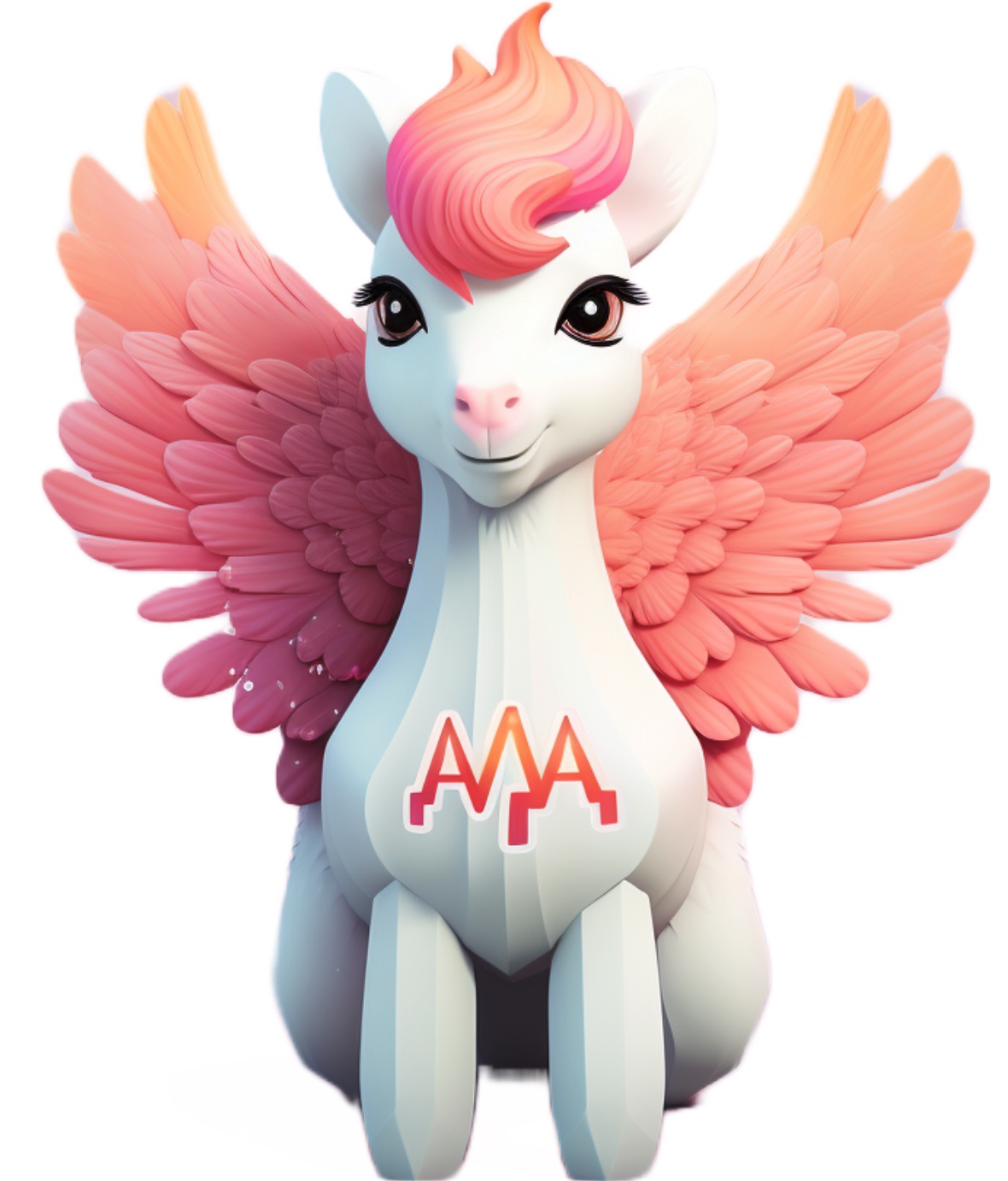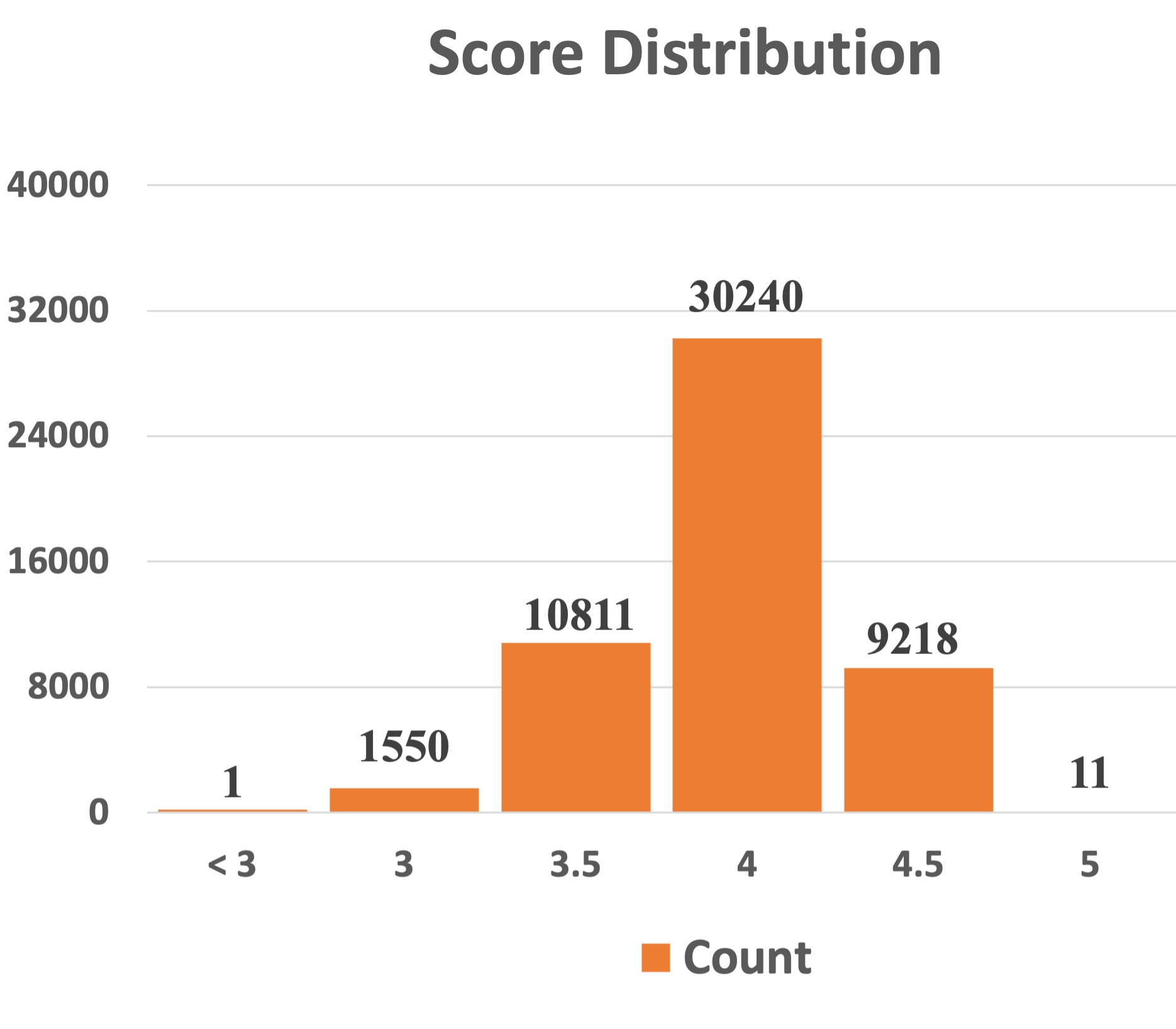This repo contains:
- The filtered data used for instruction-finetuning the model.
- The code for filtering the data.
- The scripts for fine-tuning the model.
- The code and scripts for the evaluations.
Note: thanks to the community for providing useful feedbacks, which really stimulates us to a better open-source.

Our Model "AlpaGasus"is pronounced as "/ˈælpəˈɡeɪsəs/", or "/ˈælpəˈɡəsəs/". The logo is generated by Midjourney
- [2023.9] We really appreciate the effort by @gauss5930 and @YooYunS who implemented the QLoRA version of Alpagasus-7B and 13B. If you do not have enough computational resources, please refer to their repo: Alpagasus2-QLoRA
- [2023.9] We also filter the Databricks Dolly dataset, which contains 15k data and is originally considered as the high-quality human-written dataset. We release the filtered data which contain only 20% of the original data. Training with filtered dataset can make the model perform much better than with the original 15k data.
- [2023.9] We plan to release all the GPT-4 evaluation results in the next month.
pip install -r requirement.txt
Rate each (instruction, input, output) tuple in the Alpaca's 52k training set.
# Use ChatGPT as the response quality evaluator
export YOUR_OPENAI_API_KEY
# Use Claude as the response quality evaluator
export YOUR_CLAUDE_API_KEY
After the rating, you will need to use rating/filter.py and rating/get_scores.py to process your reviews obtained from ChatGPT/Claude.
data/filtered/chatgpt_9k.jsonis the filtered data from 52k instruction-following data of Alpaca, which is a list of dictionaries and has the same format as alpaca data. We utilize ChatGPT as response quality evaluator and use the threshold 4.5 for filtering the low-quality data.data/filtered/dolly_3k.jsonis the filtered data from 15k high-quality human-written data of Databricks Dolly dataset, which is also a list of dictionaries, each containing the fields: "instruction", "input", "output", and "category". Note: we change the name of the original field "context" into "input" to make it compatible with the training file.data/filtered/claude_t45.json, we use Claude to filter the data andt45means the threshold is 4.5, where the data format is also the same as the Alpaca.data/random/random_9k.jsonfile which is randomly selected from the original Alpaca dataset.
We provide the score distribution of the chatgpt rating here:

We use the same prompt as the Alpagasus paper and get the score distribution shown as above, then we select 9k data by applying the threshold 4.5 and get the "chatgpt_9k.json".
- We provide some scripts for training the 7B and 13B models. Since we use FSDP, it requires 4x and 8x 80GB A100 for training 7B and 13B model, respectively.
# prepare the data
sh training/train_7b.sh
- For the instruction-finetuning of LLaMA-13B:
sh training/train_13b.sh
- Also, if you do not have enough computing resources, you could consider using deepspeed. Here is an example for training 13b model on 8 x 40GB A100:
pip install deepspeed
torchrun --nproc_per_node=4 --master_port=<your_random_port> ./training/train_alpaca.py \
--model_name_or_path <your_path_to_hf_converted_llama_ckpt_and_tokenizer> \
--data_path ./data/filtered/dolly_3k.json \
--bf16 True \
--output_dir <your_output_dir> \
--num_train_epochs 3 \
--per_device_train_batch_size 1 \
--per_device_eval_batch_size 1 \
--gradient_accumulation_steps 32 \
--evaluation_strategy "no" \
--save_strategy "steps" \
--save_steps 2000 \
--save_total_limit 1 \
--learning_rate 2e-5 \
--weight_decay 0. \
--warmup_ratio 0.03 \
--deepspeed "./config/ds_config_13b.json" \
--tf32 True
- Instruction-following evaluation: We tried to follow the evaluation metric introduced by the AlpaGasus paper. We use the gpt-4-0613 as the evaluator model. The evaluation result of AlpaGasus-7B and 13B models are as follows:

We evaluate the models on four testsets: Koala, Vicuna, WizardLM, and Sinstrcut. Our Alpagasus can be significantly better than the baseline models.
We also provide the code and scripts for evaluating the models with these four testsets:
export OPENAI_API_KEY
cd evaluation/
sh run_eval.sh
- For the other benchmark results, stay tuned!
If you think it is a useful repo, please cite the paper:
@misc{chen2023alpagasus,
title={AlpaGasus: Training A Better Alpaca with Fewer Data},
author={Lichang Chen and Shiyang Li and Jun Yan and Hai Wang and Kalpa Gunaratna and Vikas Yadav and Zheng Tang and Vijay Srinivasan and Tianyi Zhou and Heng Huang and Hongxia Jin},
year={2023},
eprint={2307.08701},
archivePrefix={arXiv},
primaryClass={cs.CL}
}